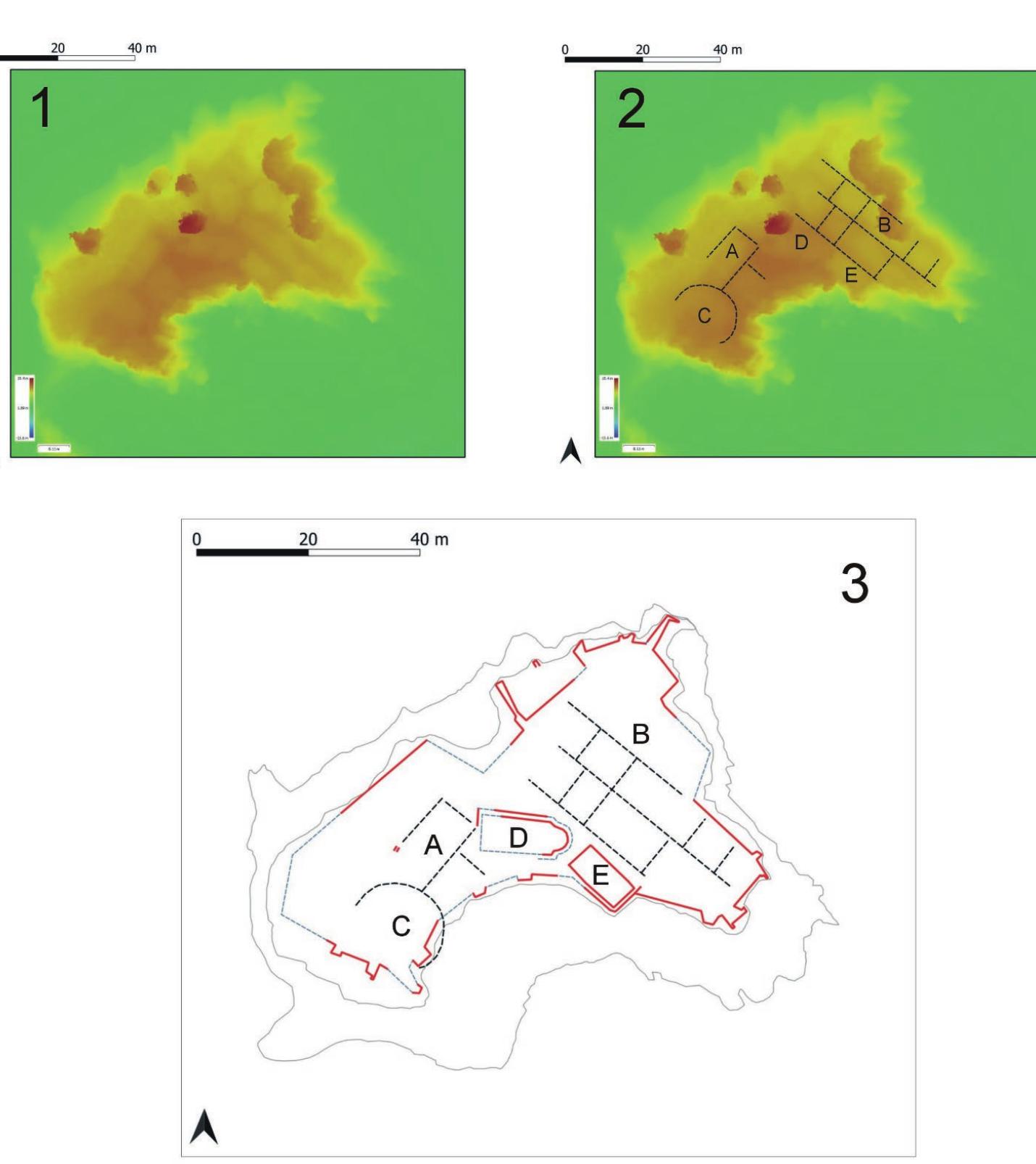Key research themes
1. How were Roman pottery workshops spatially and organizationally structured to balance craft specialization, production scale, and socio-economic roles?
This theme addresses the spatial configuration and organizational models of Roman and Late Antique pottery workshops, focusing on how workshop design and management reflected craft specialization, production scale, and interaction with wider social and economic systems. Understanding workshop architecture and spatial layout is vital for interpreting craft production dynamics and social organization within Roman settlements.
2. What do archaeometric analyses reveal about raw material procurement, technological innovation, and regional trade networks in Roman pottery workshops?
This theme focuses on the application of archaeometric, petrographic, and isotopic techniques to understand raw material sources, clay recipes, firing technologies, and trade networks of Roman pottery production. Such scientific analyses afford insights into technological choices, workshop specialization, and economic integration within and beyond workshop locales.
3. How did transportation infrastructure and economic factors influence the distribution, specialization, and scale of Roman pottery production?
This research area investigates the interaction between Roman transportation networks and pottery industries, examining how improvements in transport technology and infrastructure affected market reach, production specialization, and economic dominance of specific pottery workshops or industries.























